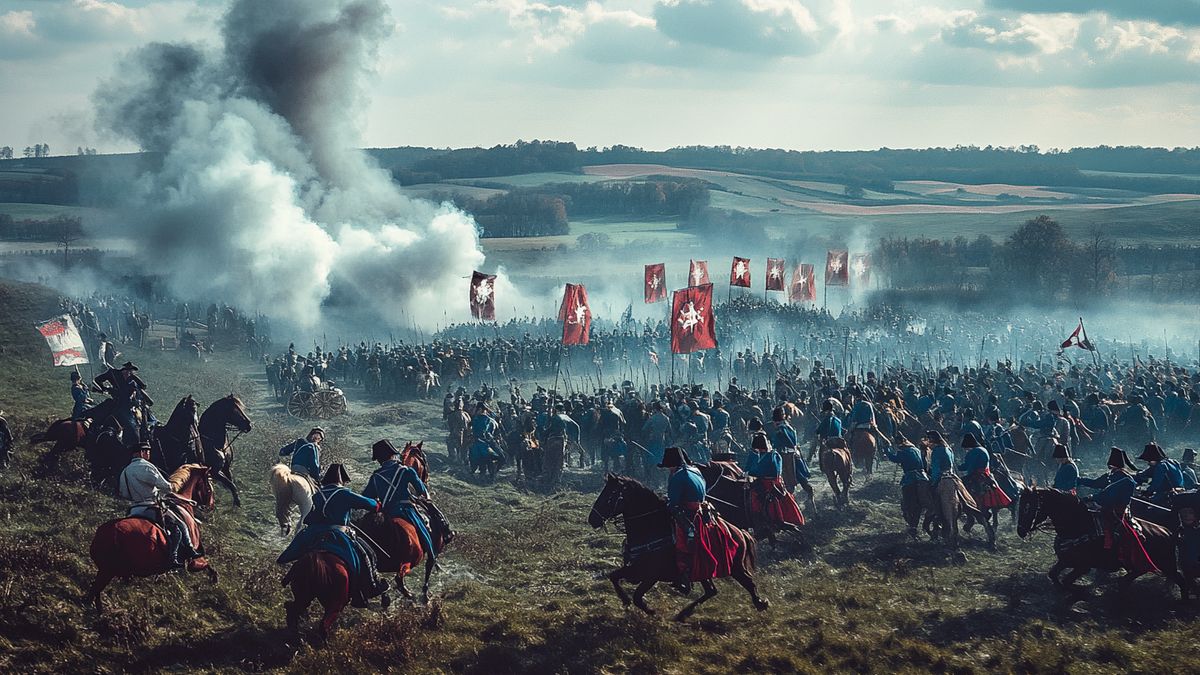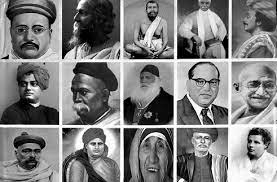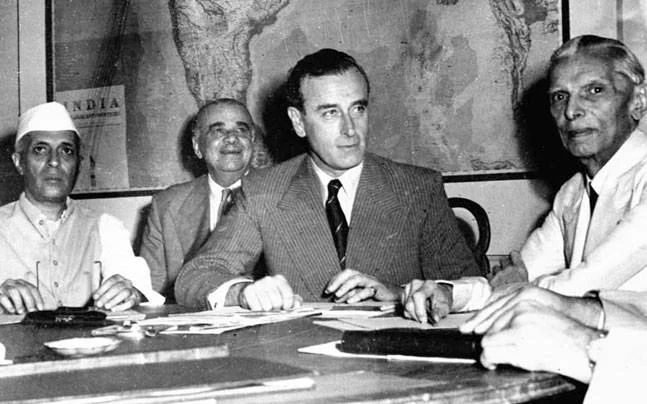- Courses
- GS Full Course 1 Year
- GS Full Course 2 Year
- GS Full Course 3 Year
- GS Full Course Till Selection
- Answer Alpha: Mains 2025 Mentorship
- MEP (Mains Enrichment Programme) Data, Facts
- Essay Target – 150+ Marks
- Online Program
- GS Recorded Course
- Polity
- Geography
- Economy
- Ancient, Medieval and Art & Culture AMAC
- Modern India, Post Independence & World History
- Environment
- Governance
- Science & Technology
- International Relations and Internal Security
- Disaster Management
- Ethics
- NCERT Current Affairs
- Indian Society and Social Issue
- NCERT- Science and Technology
- NCERT - Geography
- NCERT - Ancient History
- NCERT- World History
- NCERT Modern History
- CSAT
- 5 LAYERED ARJUNA Mentorship
- Public Administration Optional
- ABOUT US
- OUR TOPPERS
- TEST SERIES
- FREE STUDY MATERIAL
- VIDEOS
- CONTACT US
18th Century Global Transformations: The Rise and Fall of Empires, Revolutions, and Industrialization
18th Century Global Transformations: The Rise and Fall of Empires, Revolutions, and Industrialization
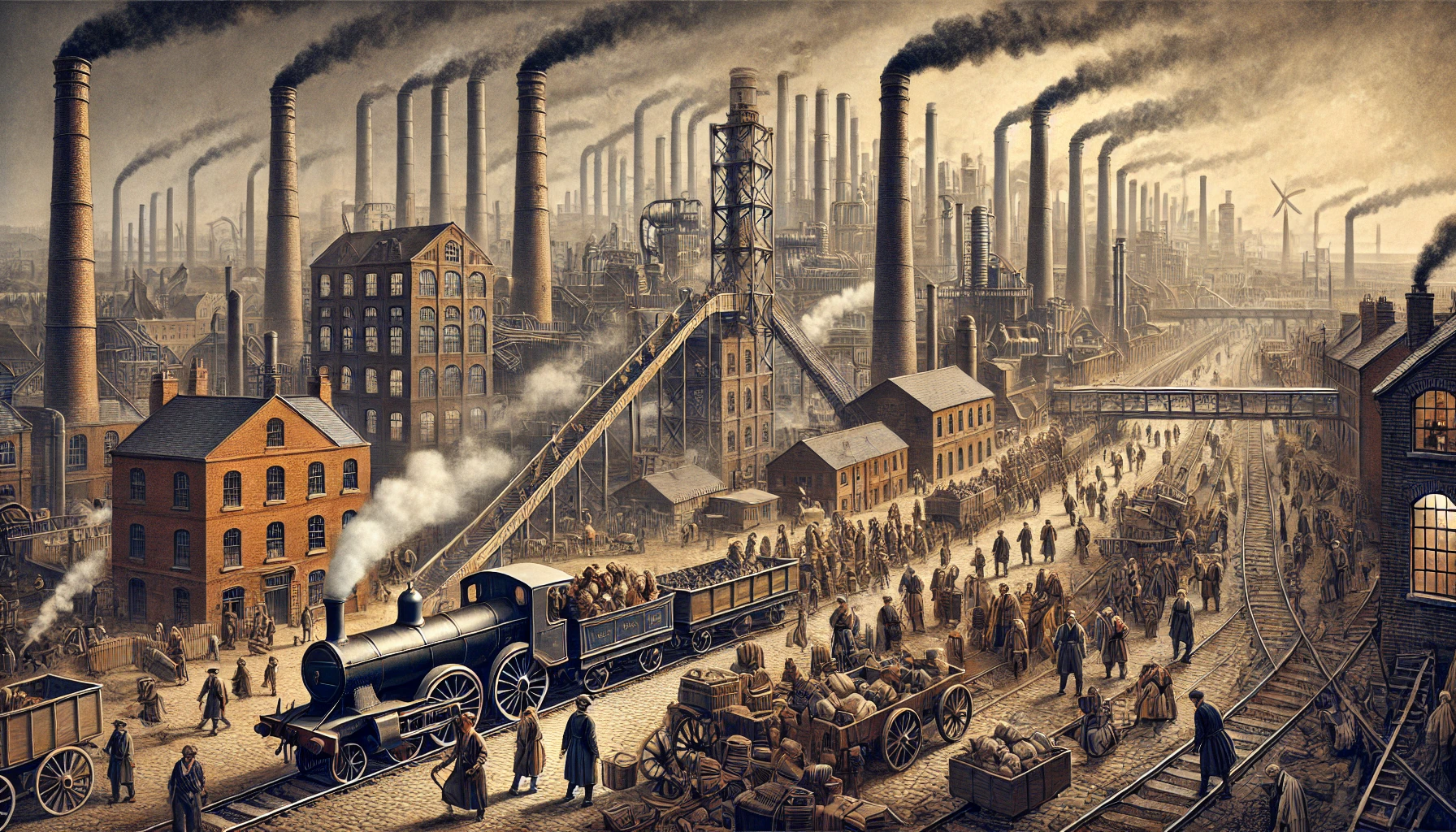
The 18th century was a period of profound transformation, shaping the course of modern history. It was an era marked by the decline of powerful empires, the rise of colonial dominance, groundbreaking economic shifts, and revolutionary movements that redefined governance and society. This century saw the waning of traditional powers like the Mughal Empire in India and the Ottoman Empire in the Middle East, alongside the emergence of Britain and France as global imperial forces. Simultaneously, the world witnessed the Industrial Revolution, which set the foundation for modern economies, and political upheavals like the American and French Revolutions, which laid the groundwork for democratic governance.
To truly understand the significance of the 18th century, one must examine the intricate web of political, economic, and social shifts that took place. The weakening of Asian and Middle Eastern empires paved the way for European colonial expansion, while industrial advancements reshaped trade and labor. Intellectual movements such as the Enlightenment challenged traditional authority and promoted ideas of liberty, equality, and self-governance.
This article explores these transformative events, beginning with the decline of the Mughal Empire, a key moment that signified the broader geopolitical shifts of the period.
The Decline of the Mughal Empire: A Reflection of Political Instability and Foreign Intrusions
What Led to the Decline of the Mughal Empire in the 18th Century?
At the dawn of the 18th century, the Mughal Empire, once a dominant force in the Indian subcontinent, was in decline. The empire had reached its zenith under Aurangzeb (1658–1707), whose extensive military campaigns, religious policies, and high taxation burdened the state. His death in 1707 marked the beginning of internal instability, leading to a fragmented rule that weakened the empire’s grip over India.

By 1690, Aurangzeb was acknowledged as: "emperor of the Mughal Sultanate from Cape Comorin to Kabul".
1. Weak Successors and Political Instability
- Aurangzeb’s Death (1707): His long reign was marked by religious intolerance, excessive military campaigns, and heavy taxation, which had already weakened the empire.
- War of Succession (1707–1719): Aurangzeb’s sons fought bitterly for power, leading to short-lived emperors such as Bahadur Shah I (1707–1712) and Farrukhsiyar (1713–1719), who were mere puppets controlled by nobles.

Bahadur Shah I was crowned the Mughal Emperor in 1707.
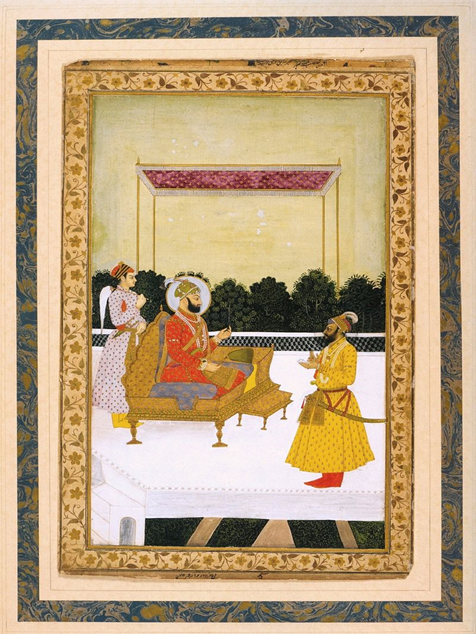
Mughal emperor Farrukhsiyar receiving Husain Ali.
- The Role of Nobles (1720s–1730s): The empire became a battleground for power-hungry noble factions like the Sayyid Brothers and later the Turani and Irani groups.
2. Invasions that Weakened the Empire
- Nadir Shah’s Invasion (1739): The Persian ruler invaded Delhi, looted immense wealth—including the Peacock Throne and Koh-i-Noor diamond—and massacred thousands, exposing the empire’s vulnerability.
- Ahmad Shah Abdali’s Raids (1748–1761): The Afghan ruler repeatedly plundered northern India, culminating in the Third Battle of Panipat (1761), where the Marathas, who had been challenging Mughal supremacy, were decisively defeated.

A map of India in 1751, showing the remnant of the Mughal Empire some years before the onset of East India Company rule in India
3. Rise of Regional Powers and British Influence
- Maratha Confederacy: By the mid-18th century, the Marathas had become the dominant force in India, often acting as kingmakers in Delhi.
- British Expansion: The British East India Company exploited Mughal weakness, gaining political control through key battles:
- Battle of Plassey (1757): British victory against Bengal’s Nawab Siraj-ud-Daulah, securing control over Bengal.
- Battle of Buxar (1764): Strengthened British influence by defeating the combined forces of the Mughal Emperor Shah Alam II, the Nawab of Awadh, and the Nawab of Bengal.
- Treaty of Allahabad (1765): Granted the British Diwani rights (tax collection) over Bengal, Bihar, and Orissa, marking a major shift towards colonial rule.
By the end of the 18th century, the Mughal Empire was largely symbolic, with real power lying in the hands of regional rulers and the British.
How Did European Colonialism Expand in the 18th Century?
European powers were engaged in a fierce competition for global dominance, particularly in Asia and the Americas. The 18th century saw significant shifts in colonial rule due to military conflicts, economic policies, and diplomacy.
1. The Anglo-French Rivalry and British Dominance in India
- Seven Years’ War (1756–1763): This global conflict between Britain and France determined colonial supremacy. In India, it led to British victory and the expulsion of the French as a major colonial force.
- British Control of Bengal (1757–1765): The combination of military victories and strategic treaties helped the British secure their foothold in India.
- The Carnatic Wars (1746–1763): These battles between the British and the French East India Companies ultimately weakened French influence and allowed British expansion.
2. Spanish and Portuguese Decline in the Americas
- Latin American Revolts: By the late 18th century, Spanish and Portuguese control over South America was weakening due to internal strife and economic stagnation.
- British and French Expansion in the Caribbean: The Caribbean islands became major centers of plantation economies driven by African slave labor.
3. The Rise of the Atlantic Slave Trade
- The Triangular Trade System: Linked Europe, Africa, and the Americas, creating a lucrative but brutal transatlantic slave trade.
- Abolition Movements: By the late 18th century, intellectual movements questioning slavery emerged, setting the stage for its eventual abolition in the 19th century.
How Did Economic and Industrial Changes Reshape the 18th Century?
The 18th century saw significant economic changes, laying the foundation for modern capitalism and industrialization.
1. The Industrial Revolution Begins
- Technological Innovations:

-
- Steam Engine (1769 – James Watt): Revolutionized transportation and manufacturing.

- Steam Engine (1769 – James Watt): Revolutionized transportation and manufacturing.
-
- Spinning Jenny (1764 – James Hargreaves): Transformed the textile industry, increasing output significantly.

-
- Power Loom (1784 – Edmund Cartwright): Further mechanized textile production.
- Urbanization and Factory System: Cities like Manchester and Birmingham grew into industrial hubs, leading to rural-to-urban migration.
- Rise of Capitalism: Trade, banking, and industrial investments led to the growth of financial institutions.
2. Expansion of Global Trade
- British Mercantilism: Exploited colonial resources for European economic benefit.
- Development of Modern Banking: The 18th century saw the rise of financial institutions like the Bank of England (1694) and stock markets that fueled industrial investments.
Why Did the American Revolution (1775–1783) Occur?
The American Revolution was a landmark event that challenged colonial rule and laid the foundation for modern democracy.
1. Key Causes of the Revolution
- British Taxation Policies:
- Stamp Act (1765) and Tea Act (1773) led to widespread protests.
- Boston Tea Party (1773): A major act of resistance against British policies.
- Influence of Enlightenment Ideas: Thinkers like John Locke inspired the call for self-governance.
2. Major Events and Outcomes
- Declaration of Independence (1776): Proclaimed by Thomas Jefferson, asserting self-rule.
- Battle of Yorktown (1781): Final British defeat leading to independence.
- Treaty of Paris (1783): Officially ended British control over America.
How Did the French Revolution (1789–1799) Transform France and Europe?
The French Revolution was driven by economic distress, social inequality, and Enlightenment ideas, reshaping France and European politics.
- Financial Crisis (1780s): Heavy taxation, lavish spending, and debt led to public unrest.
- Storming of the Bastille (1789): Symbolized the start of the revolution.
- Execution of Louis XVI (1793): Marked the radical phase of the revolution.
- Rise of Napoleon Bonaparte (1799): Led to military expansion and the Napoleonic Wars.
Conclusion: Why Is the 18th Century Considered a Turning Point in History?
The 18th century was a transformative period, laying the foundations for modern nations, economies, and ideologies. The decline of traditional empires, rise of industrialization, expansion of colonial rule, and emergence of democratic revolutions defined a new global order. Its legacy continues to shape the modern world, making it one of the most pivotal centuries in history.
|
Also Read |
|
| FREE NIOS Books | |


